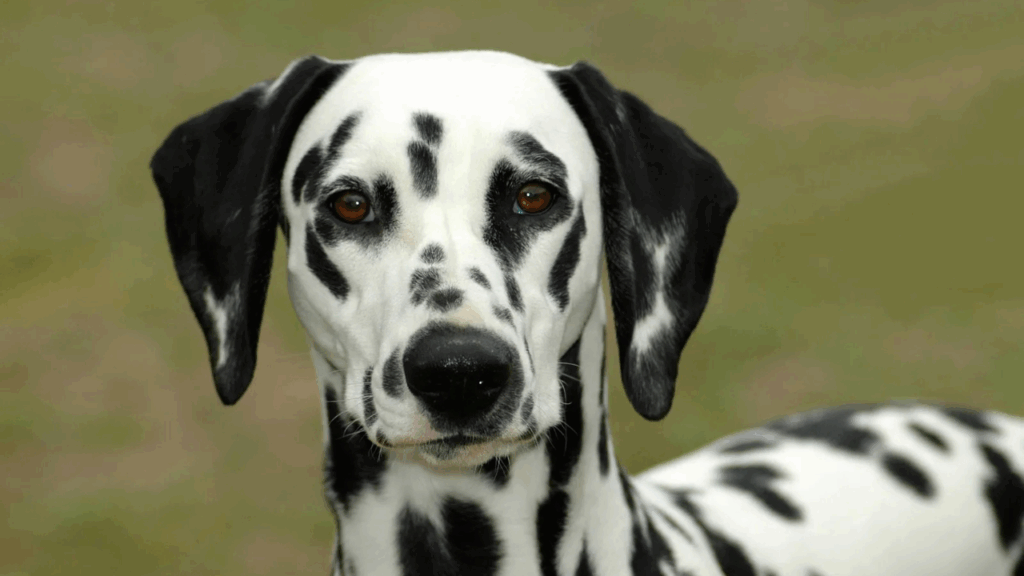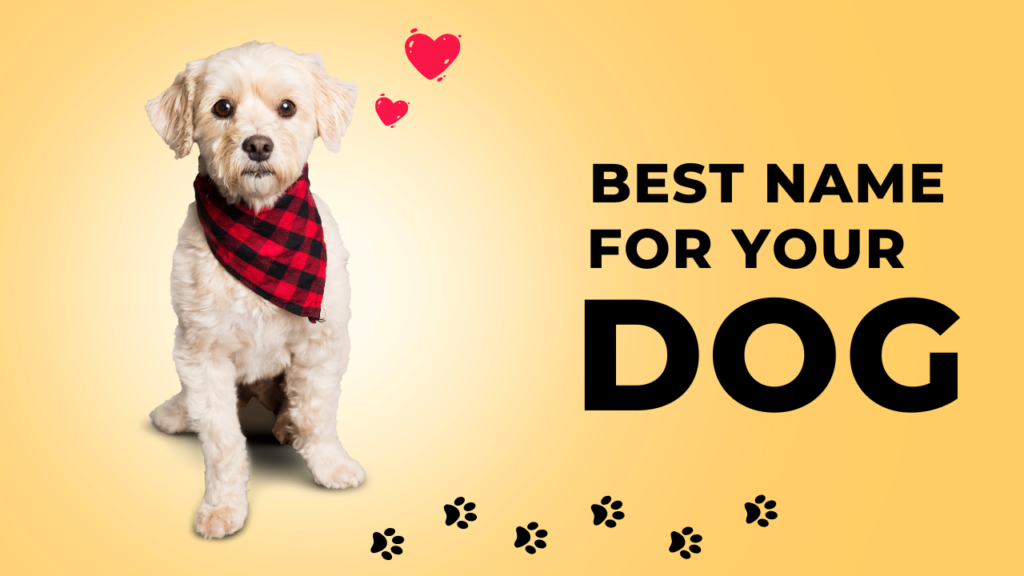Few dog breeds are as instantly recognizable as the Dalmatian. With their striking spotted coats, athletic build, and lively personalities, Dalmatians have captured hearts for centuries. Whether remembered from firehouses, carriages, or famous movies, the Dalmatian stands out not just for its looks, but for its spirit, intelligence, and deep loyalty.
A Mysterious and Ancient History
The exact origins of the Dalmatian are shrouded in mystery. Historical records and art suggest that spotted dogs resembling Dalmatians have been around for thousands of years, appearing in ancient Egyptian tomb paintings and early European artworks.
The breed is named after Dalmatia, a region along the Adriatic Sea in modern-day Croatia, where these dogs were documented in the 18th century. However, their ancestors likely traveled through various parts of Europe and Asia before settling there.
Throughout history, Dalmatians have been used for a wide variety of tasks: hunting, guarding, performing in circuses, and most famously, as carriage dogs — trotting alongside horse-drawn carriages to protect both the horses and their human passengers.
Their strong association with firehouses also began during the era of horse-drawn fire wagons. Dalmatians were excellent at clearing the way for fire engines and guarding valuable equipment at the scene of a fire. Today, they remain beloved mascots of many fire departments around the world.
Distinctive Appearance
A Dalmatian’s appearance is impossible to mistake. They have short, dense coats marked with unique black or liver-colored spots, distributed randomly across their white bodies. No two Dalmatians are exactly alike in their patterning.
They are medium-sized dogs, standing between 19 and 24 inches tall at the shoulder and weighing between 45 and 70 pounds. Their athletic, muscular build hints at their high energy levels and working-dog heritage.
Dalmatian puppies are born pure white. Their distinctive spots usually begin to appear within a few weeks of birth, developing fully over several months.
Personality and Temperament
Dalmatians are known for their energetic, intelligent, and outgoing personalities. They are incredibly loyal to their families and often form strong bonds with their owners. However, they can be reserved or aloof with strangers — a trait that made them effective watchdogs historically.
This breed is lively and playful, thriving in active households where they can get plenty of mental and physical stimulation. Without enough exercise and attention, Dalmatians can become bored and may resort to destructive behavior.
They are known for being sensitive dogs, deeply attuned to the moods of their owners. Harsh training methods can backfire, so positive reinforcement and patience are key to raising a happy, well-behaved Dalmatian.
Exercise and Training Needs
Dalmatians are high-energy dogs that require significant daily exercise to stay healthy and content. Long walks, runs, and playtime in secure areas are essential. They also excel at dog sports such as agility, obedience, and even dock diving.
Because of their intelligence, Dalmatians also benefit from mental stimulation. Puzzle toys, training games, and learning new tricks help keep their minds sharp.
Training a Dalmatian requires consistency and positive reinforcement. Early socialization is critical to help them develop into well-rounded adults. They can be strong-willed at times, but with patience and creativity, they make eager learners.
Health and Care
While Dalmatians are generally healthy dogs, they are prone to certain breed-specific health issues:
- Deafness: Up to 30% of Dalmatians are born with hearing loss in one or both ears. Responsible breeders test puppies early to detect any hearing issues.
- Urinary Stones: Due to a unique metabolic trait, Dalmatians are more prone to forming urinary stones. A carefully managed diet and plenty of fresh water can help prevent problems.
- Skin Allergies: Their sensitive skin can sometimes be prone to allergies or irritation.
Routine veterinary care, a balanced diet, and regular exercise are key to maintaining a Dalmatian’s health and vitality.
Their short coats are relatively easy to care for, though they do shed year-round. Weekly brushing can help manage shedding and keep their coat healthy and clean.
Ideal Home Environment
Dalmatians do best in active homes where they are truly part of the family. They are not suited for being left alone for long periods, as they crave companionship and mental engagement.
They get along well with children and can be good companions for other dogs if properly socialized. However, their high energy levels and sometimes rambunctious play mean they may not be the best choice for very young children or more fragile pets.
Homes with fenced yards are ideal, giving them space to run and explore safely. Apartments can work if the owner is committed to providing ample daily exercise.
Conclusion
The Dalmatian is far more than just a pretty face. With a rich history, a spirited personality, and a deep devotion to their families, Dalmatians make incredible companions for the right owners. They are dogs who need love, activity, and structure — but in return, they offer endless affection, joy, and a little bit of timeless magic.
For those ready to meet the Dalmatian’s needs, life with one of these iconic spotted dogs is never boring — it’s a journey full of adventure, laughter, and loyalty.

Andy Parker is a dog lover, writer, and senior editor at BarkPicks. With years of experience covering canine health, training, and gear, he helps pet parents make smarter choices for happier, healthier dogs. Andy shares his home (and heart) with two rescue pups, Charlie and Mia.



